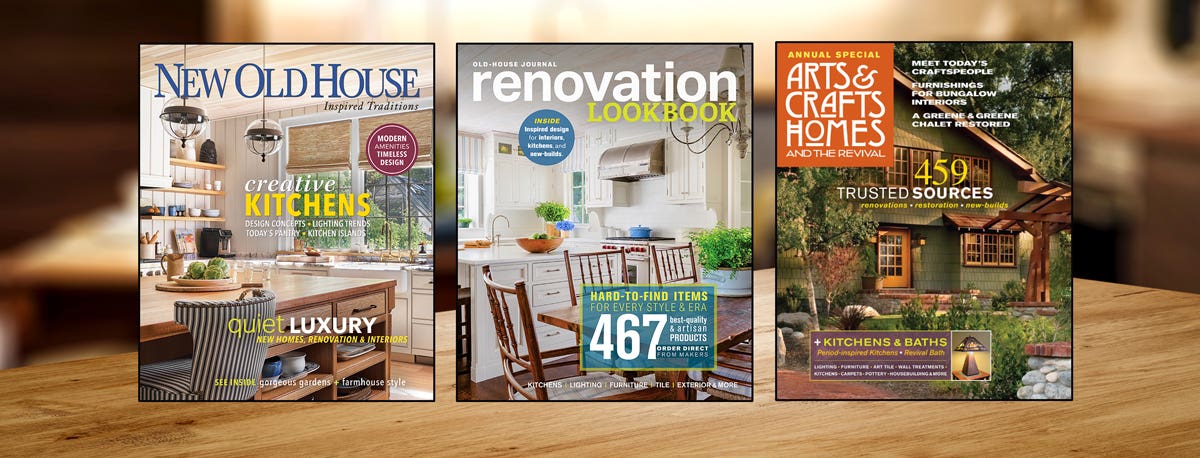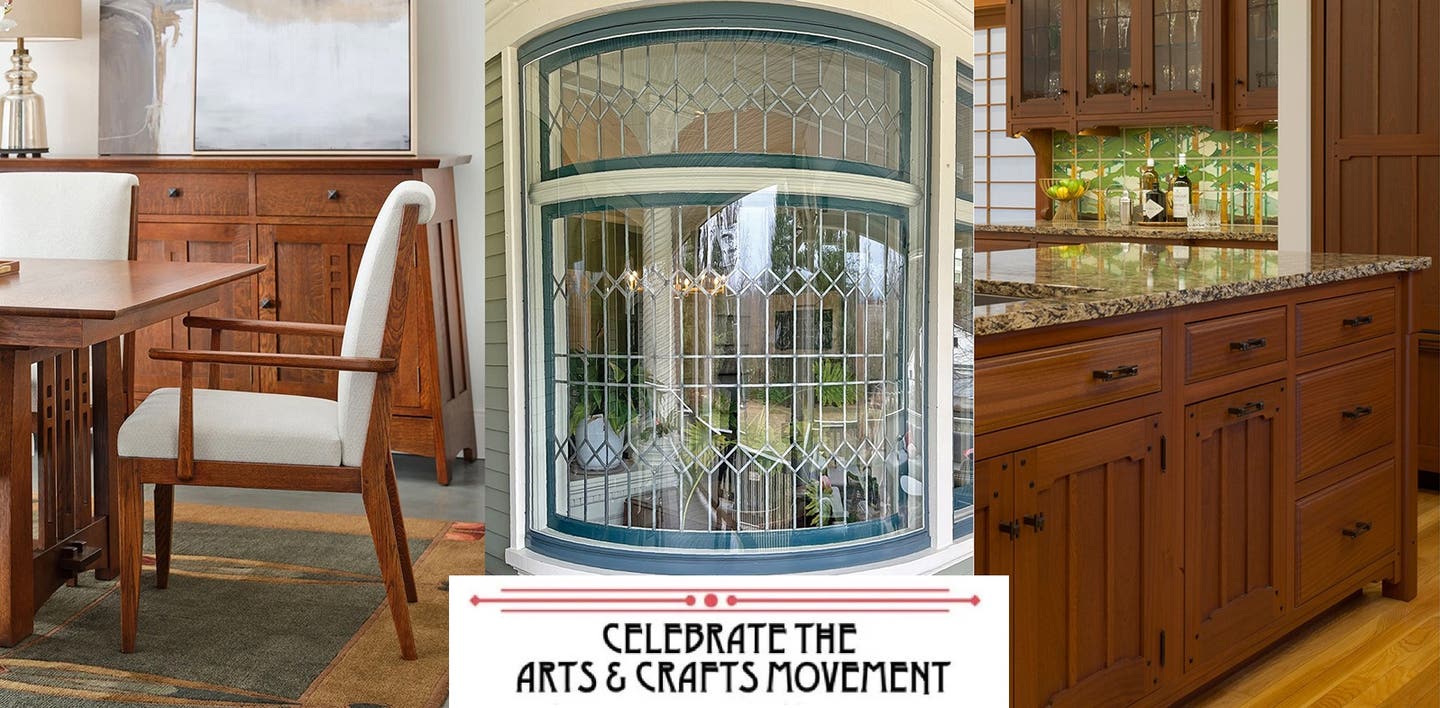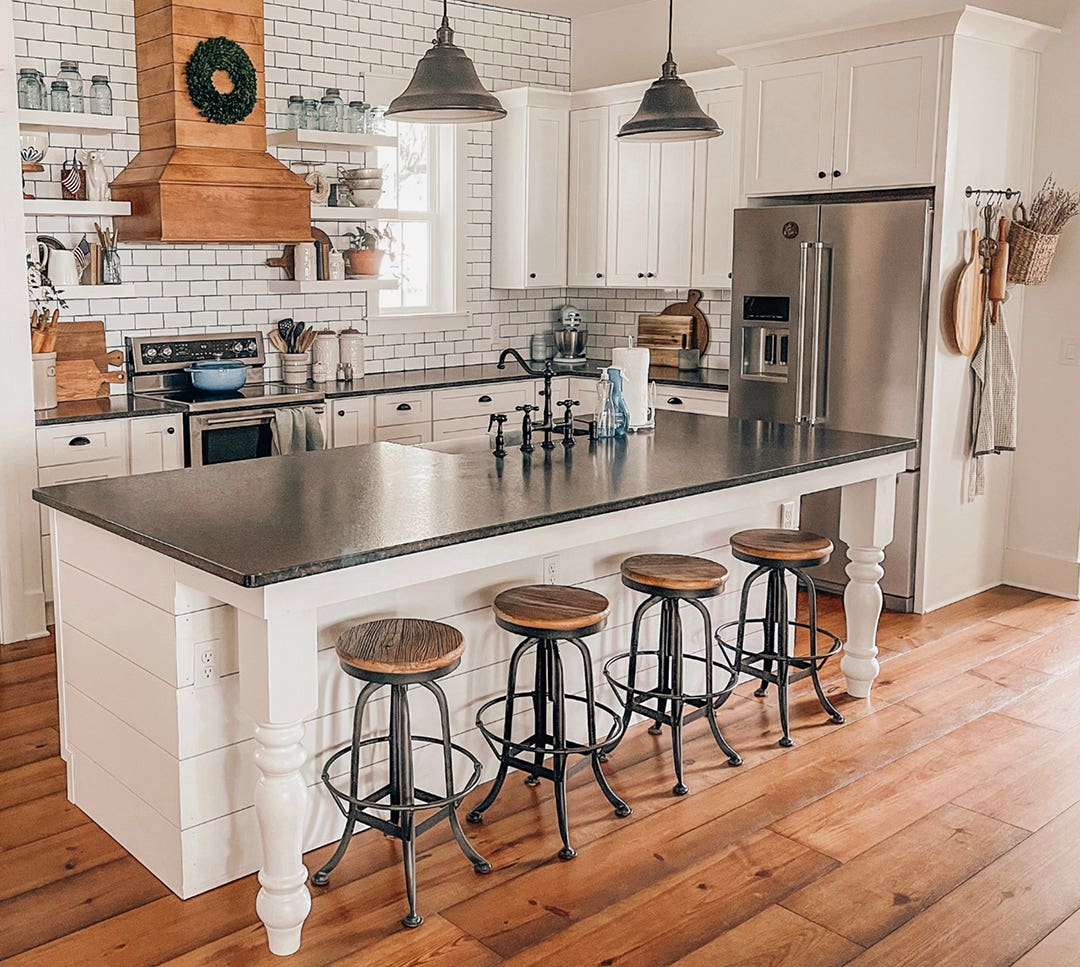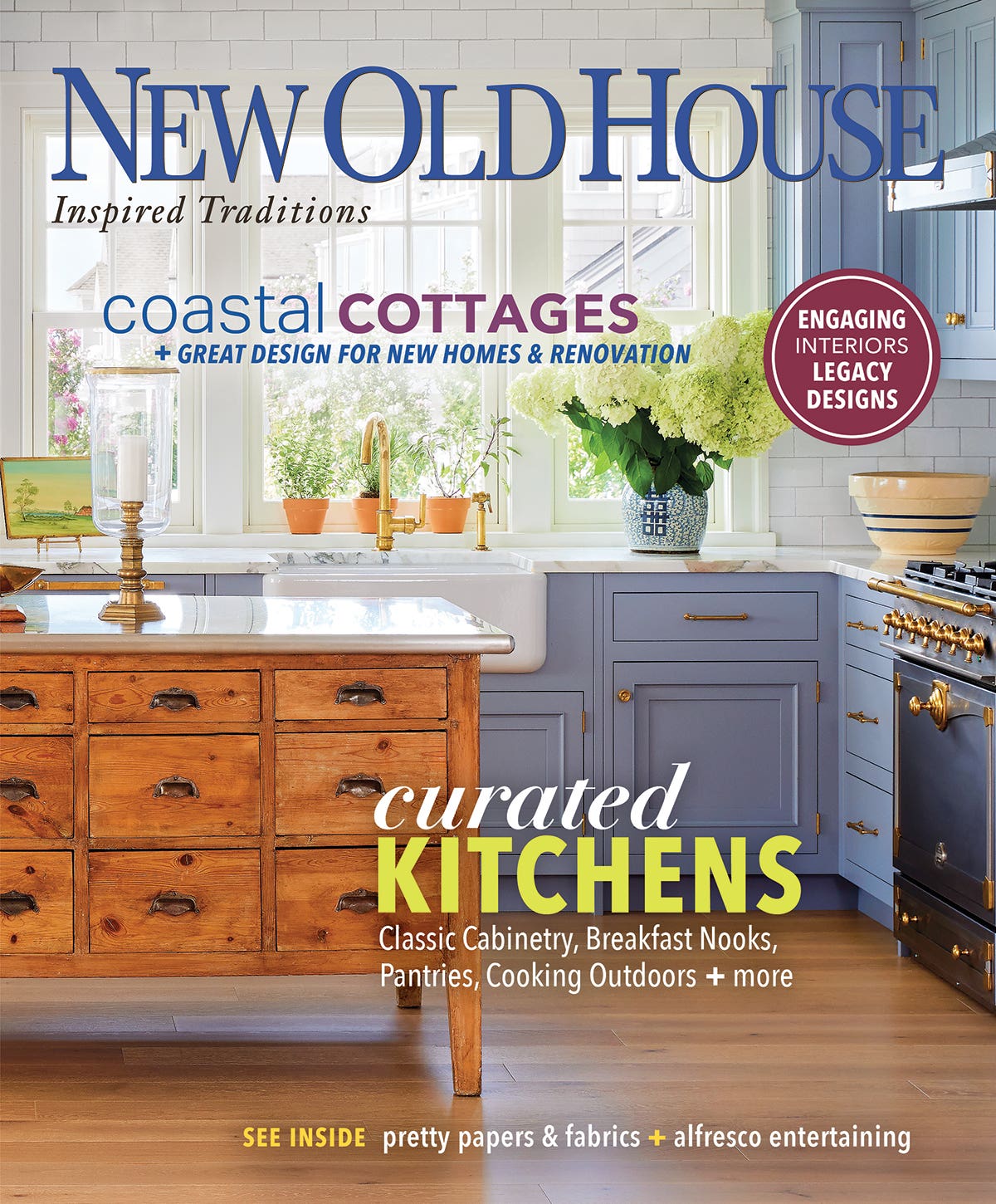Do You Remember When?
A Note from the Editor: Do you remember when? The first time I encountered a full-blown Arts & Crafts room, I had no name for it. I was touring the…
A Note from the Editor:
Do you remember when? The first time I encountered a full-blown Arts & Crafts room, I had no name for it. I was touring the opulent Queen Victoria bed-and-breakfast inn in Cape May, New Jersey, which had been restored and decorated by Joan and Dane Wells. Joan was executive director of the Victorian Society in America, but harbored a fondness for Arts & Crafts design long before it was popular.
We came upon the den after touring highly decorated rooms: different wallpaper patterns in dado, fill, and frieze; a walnut sideboard groaning with cut crystal and Victorian china; fancy sofas dripping with bullion fringe. Then through a secondary doorway and into a room—also papered, though with a tone-on-tone Morris pattern—furnished with rectilinear Stickley pieces and plain green pottery. Wow, the younger me thought, it’s so plain (and what a relief!). But the room did not seem anachronistic. It felt like a family-style evolution of what we’d seen in other rooms.
American Arts & Crafts blends nicely with the late-Victorian English A&C of William Morris, and even with Aesthetic-movement pieces. Similarly, A&C is a bridge to the Modern design that followed. I have seen Modern furniture looking quite at home in a bungalow, as well as a few proto-modern Arts & Crafts furnishings sitting comfortably amidst leather and chrome in a 1950s house. (Imagine, on the other hand, a Breuer tubular-steel chair in a Victorian parlor—like a penguin on the Serengeti.)
Subscribe to Arts & Crafts Homes, or pick up an issue at your favorite bookstore or newsstand. Order back issues through the Old-House Bookstore or call (800) 850-7279.
Now I’m remembering the time I brought home two unsigned, rather severe American A&C chairs, fumed oak dingy with grime. I found them at a secondhand shop operating from an abandoned mill building, ten bucks each. “Huh,” said a visiting friend of the family who’d grown up on an Iowa farm. He was amused at my choice of the plain, masculine furniture. “Back before the War, we called that ‘firewood furniture’ and stored it in the barn.”
“You’re kidding!” I said. “It might have been Limbert or even Stickley—what happened to it?!”
“Burned it,” he drawled.
Patricia Poore,Editor
ppoore@homebuyerpubs.com
10 Harbor Rd., Gloucester, MA 01930
Patricia Poore is Editor-in-chief of Old House Journal and Arts & Crafts Homes, as well as editorial director at Active Interest Media’s Home Group, overseeing New Old House, Traditional Building, and special-interest publications.
Poore joined Old House Journal when it was a Brooklyn-brownstoner newsletter in the late 1970s. She became owner and publisher and, except for the years 2002–2013, has been its editor. Poore founded the magazines Old-House Interiors (1995–2013) and Early Homes (2004–2017); their content is now available online and folded into Old-House Journal’s wider coverage. Poore also created GARBAGE magazine (1989–1994), the first unaffiliated environmental consumer magazine.
Poore has participated, hands-on, in several restorations, including her own homes: a 1911 brownstone in Park Slope, Brooklyn, and a 1904 Tudor–Shingle Style house in Gloucester, Massachusetts, where she brought up her boys and their wonderful dogs.







